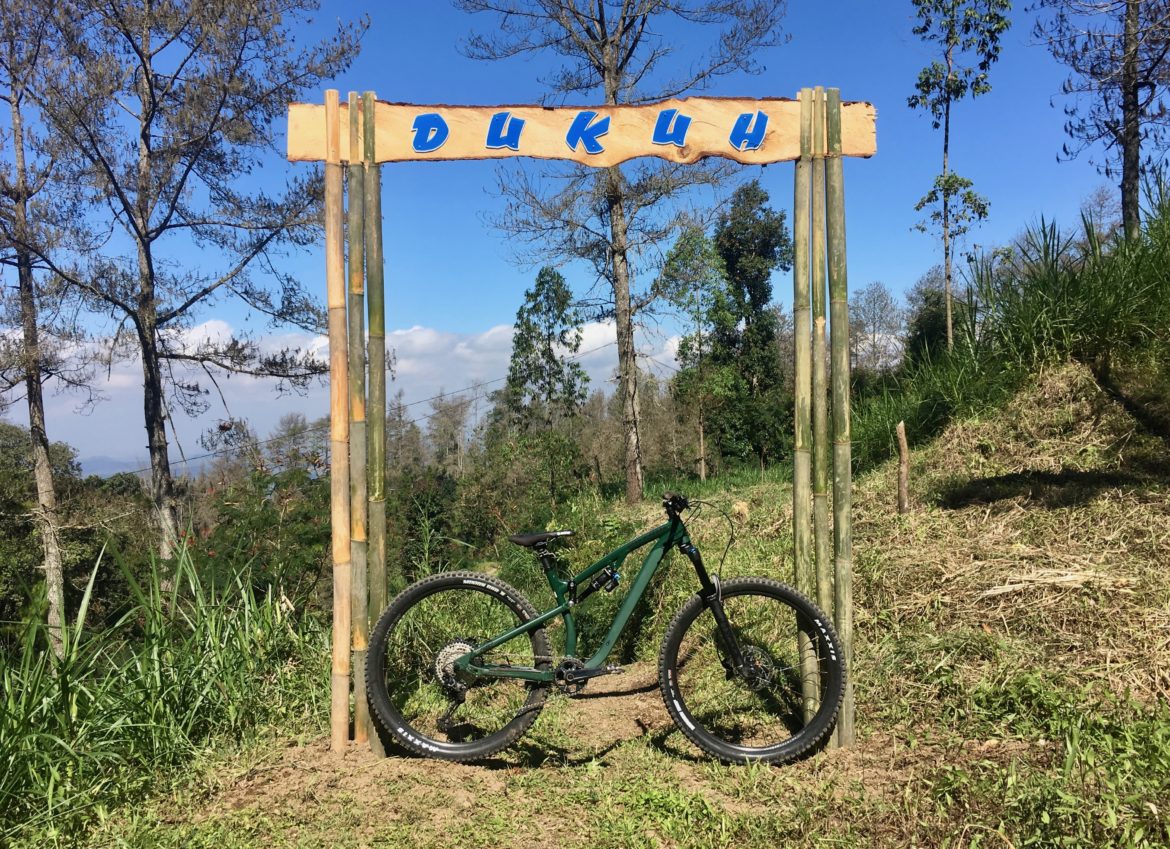
While we teased a 140mm-travel 29er from Patrol back in 2017, all of the full suspension bikes for model year 2019 on Patrol-Sports.com were specced with 27.5″ wheels. Now, for 2020, the 591 is undisputably here with 130mm of rear travel, 140mm of front travel, and full-figured 29″ wheels.
Patrol 591 Specs

For 2020, Patrol is simplifying their naming convention and parts specs. The first two numbers in the name deliver key information: the “5” refers to five inches of travel, and the “9” refers to the 29” wheel size. So, the new 5-inch-travel 29er is named the “591.”
All new models of mountain bikes will be available in two builds—essentially XT and SLX. The highest XT build is referred to as an “S” build, so the 591 with XT is labeled “591 S.” A few other components see upgrades from the standard build to the S build, such as the fork jumping up to a better model.
I tested the standard SLX version of the 591 which comes specced with a new 12-speed Shimano SLX drivetrain, Fox 34 Rhythm fork, Fox DPX2 3-position rear shock, Shimano MT420 brakes, an SDG Tellis dropper post, SUNringle Duroc 30 rims with Shimano hubs, a Maxxis Minion DHF 29×2.50WT EXO/TR tire up front, and a Maxxis Minion DHR II 29×2.40WT EXO/TR tire in the rear.
This parts kit, when hung on Patrol’s 5-inch aluminum frame, weighs a claimed 35.5lbs in a size medium, but the 591 I tested only retails for $2,999 from your local Patrol retailer. The higher-end 591 S-Spec retails for $3,799 MSRP.
First Look at the Patrol 591

I was stoked for the opportunity to rip Balinese singletrack on the 591. In my opinion, 140mm-travel 29ers occupy a sweet spot in the trail bike market. They climb superbly well and, under a competent bike handler, they can crush just about any descent with the combination of big wheels, good geo, and a modest amount of travel. A solid 140mm 29er may just be the true quiver killer trail bike.
The travel amount on the 591 sounded perfect, the build kit looked exceptional on paper, and one of the colorways features a vibrant forest green paint. I’m a sucker for forest green. What more could a guy want in a mountain bike?!
Suspension setup

Sometimes a bike rides splendidly right out of the box. Inflate the tires, follow the recommended pressure charts for the suspension, and voilà: commence singletrack shredding! Other times, serious suspension tuning is required. During the several hours I spent riding Patrol’s new 591, I put shock pump to suspension at least five times to get it close to rideable. Unfortunately, I wasn’t able to get the suspension to a respectable tune quality during this brief test.
Ultimately, I needed to add volume spacers to the Fox 34 fork for it to provide enough end stroke ramp up for my weight and riding style. In the DPX2 rear shock, I needed to remove volume spacers to smooth out the spring rate in the rear and make it a touch more linear.
While it’s outside the scope of a three-hour test ride to adjust volume spacers, if you were to purchase the 591 yourself, these adjustments aren’t too difficult to perform aftermarket. Even if you’re uncomfortable pulling your suspension components apart, having your LBS swap spacers is a quick and affordable task. Personally, I had to adjust the volume spacers in the DPX2 on my new Niner RIP 9… just in the opposite direction from what I’d need on the 591.
Bonus: see if you can find a shop that will let you borrow a ShockWiz. Then, you’re guaranteed to get the perfect suspension tune for your riding style and terrain!
Patrol 591 real-life ride impressions

After getting my suspension tuned as close as possible with the limited tools at my disposal, I hit the trail. The entirety of our test took place on the shuttled trails in the Besakih Bike Park. These trails maximize flow and air, with a few steep bits thrown in. Unfortunately, this testing ground didn’t allow me to adequately test the climbing capabilities of this bike… but here’s what I was able to learn from my limited time on the bike.
The trails at Besakih appear to be hand-cut singletrack. While the builders have managed to construct some impressive berms, tabletops, and drops in places, this hand-cut quality means the trails ride more like classic backcountry singletrack, where the grade of the descent changes dramatically as you drop down the mountainside. Some portions of trail have a mellow grade and wide-open sightlines, and others are steep and fall line. Contrast this style of trail with a machine-built bike park flow trail that maintains almost the exact same grade from beginning to end.
When the trail pitched down, dropping into unseen chutes filled with rolling gravelly soil, the front end of the 591 felt nervous and twitchy. My weight bias was way too far over the front wheel, and I was forced to compensate by throwing my body further back. Unfortunately, this led to a center of gravity that was too far rearward of the bottom bracket, which negatively impacts the bike’s cornering prowess.

This feeling of being too far over the front is likely due to three factors. First, the 591 has a 67.5° head tube angle (HTA). This HTA is dramatically steeper than all of the modern bikes I compared it to from other brands. For recently-released 140mm-travel 29ers, 66° is almost uniformly the standard, with some bikes going slacker still. For the 591’s HTA to measure a full degree and a half steeper is a dramatic difference.
The second contributing factor is the short reach on the 591. The 421mm reach on the size-medium 591 is anywhere from 10-30mm shorter than other comparable bikes.
Third, add to the short reach a set of chainstays that measure 10-15mm longer than most comparable bikes.
These factors are all interrelated. If the HTA is too steep, the front end gets twitchy when pointed down. If the reach is too short, that pulls the rider’s weight forward, increasing the twitchiness. If the chainstays are too long, it’s more difficult to compensate for the short reach, as the rider must get even further back over the rear wheel of the bike, which places the center of gravity too far behind the bottom bracket.
One other interesting geometry point to note, which would likely impact the climbing if tested: The seat tube angle of the 591 is only 74.5° — which is shockingly slack considering the longer-travel 691 measures a full 1.5° steeper at 76°! While some bikes in this category still sport seat angles this slack, seat tube angles are definitely trending steeper, with bikes like the Santa Cruz Hightower measuring a full 77°, albeit paired with a slacker much HTA.
Conclusion

While my testing conditions were limited, I was still able to identify several issues with the 591’s geometry. A slacker head tube angle, longer reach, shorter chainstays, and steeper seat tube angle would all improve the 591’s handling considerably.
If this bike had been released back in 2016, these geometry numbers would have been modern… but in 2020, this frame design feels antiquated.
If you’re interested in purchasing one of Patrol’s latest bikes, I personally recommend the 691 over the 591. For more info on the 691, check out my review here.





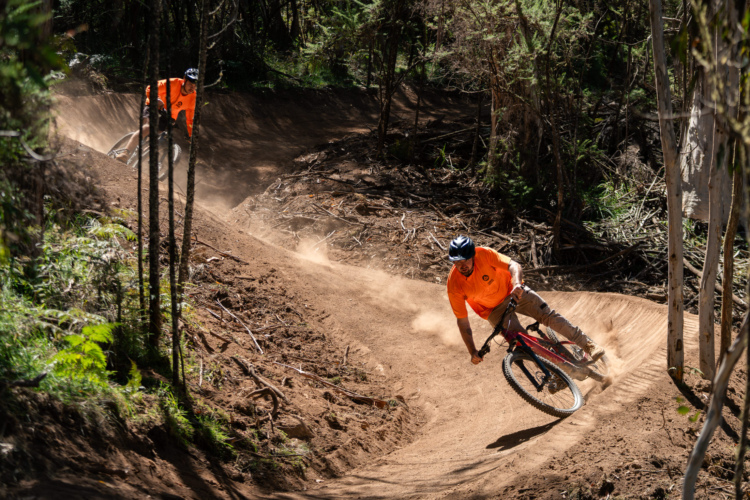
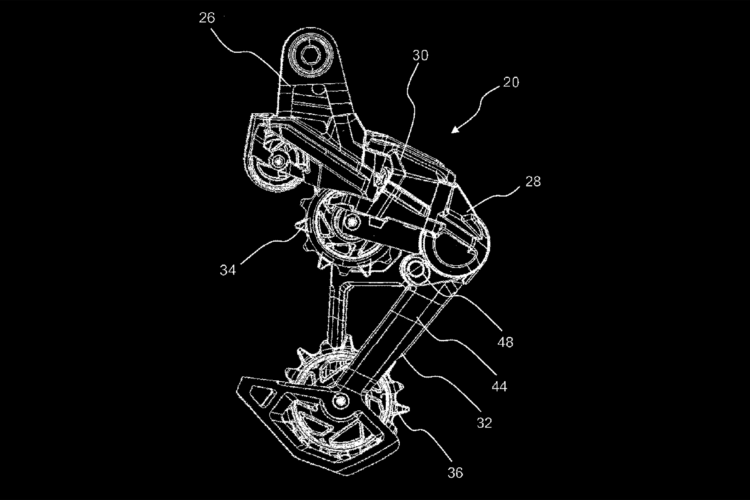
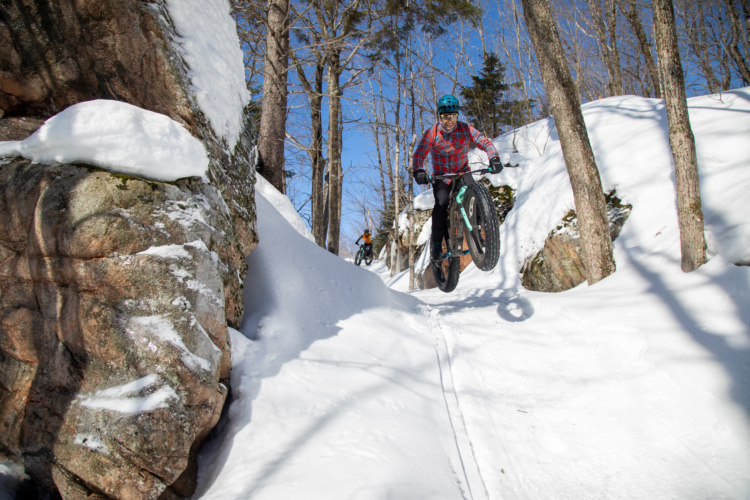
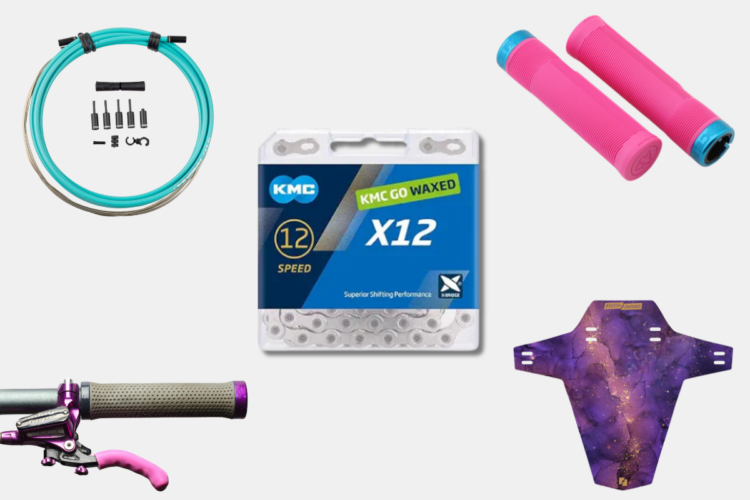

0 Comments